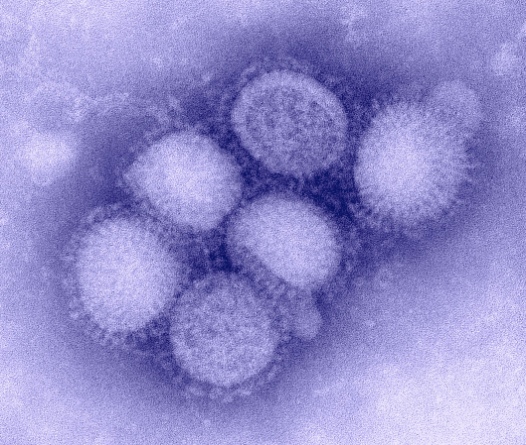by Dr. Clark Hansen, NMD | Nov 5, 2010 | Food and Nutrition, Health Condition, Medication
The best way to prevent the flu is to keep your immune system strong. Remember that every year only 5-20% of Americans get the Flu, which means that 80-95% of all Americans do NOT get the Flu each year. You can help your body do its job to prevent the flu by keeping...

by Dr. Clark Hansen, NMD | Nov 4, 2010 | Food and Nutrition, Health Condition, Health Products, Medical Tests
As daylight hours grow colder and shorter, incidences of the common cold, flu, and respiratory infections spike upwards. Scientists have identified reduced vitamin D levels in winter months as a prime suspect for this increase in infectious disease cases.Vitamin D in...
by Dr. Clark Hansen, NMD | Oct 28, 2010 | Health Condition, Hormones, Medical Tests, Women's Health
Reasons to take this test: If you are suffering from PMS, Endometriosis, Uterine Fibroids or Menopause or Perimenopause, or you have hot flashes, night sweats, sleeplessness, fatigue, mood swings, irritability, depression, mental fogginess, memory loss, vaginal...
by Dr. Clark Hansen, NMD | Oct 18, 2010 | Fitness and Health, Health Condition, Health Products, Hormones, Women's Health
Related Article:Bio-Identical Hormones: Are They Right for You? The word hormone comes from Greek, meaning “to set in motion.” Hormones are made by your endocrine glands, including the adrenals, thyroid, liver, pancreas, pituitary, pineal gland and genitals. Hormones...
by Dr. Clark Hansen, NMD | Oct 17, 2010 | Health Condition, Health Research, Hormones, Men's Health, Women's Health
Oprah Winfrey, Suzanne Somers and Robin McGraw (Dr. Phil’s wife) all rave about how “bio-identical hormones have rescued them from menopause. On her website, Oprah writes, “After one day on “bioidentical” estrogen, I felt the veil lift....
by Dr. Clark Hansen, NMD | Sep 10, 2010 | Health Condition, Health Research, Medication
Attention Deficit Hyperactivity Disorder (ADHD) affects as many as 30 million Americans, that’s roughly 10% of the population. Approximately 5-9% of children ages 9 to 17 are affected and as many as 2–4% of adults are affected. Most studies show that boys are affected...


